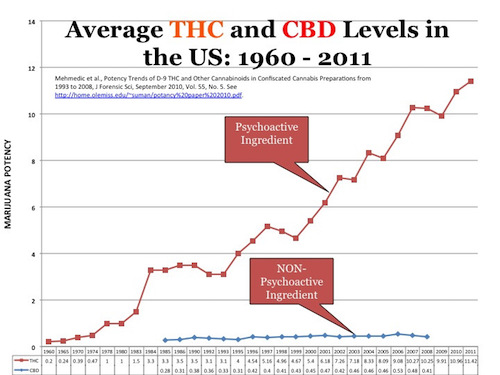There are nine states planning to vote on marijuana initiatives this November. Many of those states show a wide support for passing legalization – for both recreational and medical proposals.
States that have already legalized are seeing a large number of their consumers be older generation users, who may have stopped for a while, but are trying out marijuana again since the passing of legalization. In fact, some retirement communities in Colorado and Oregon have encouraged their residents to obtain medical marijuana access to help with their ailments.
That being said, there is still a lot of room for research on the health benefits of marijuana. Much of the research currently completed are performed with weaker strains that have been bred out of the typical marijuana marketplace.
With research and data being clouded by restrictions from the DEA, voters must rely on outdated information and personal experience when weighing the pros and cons of allowing marijuana to be sold in their community.
The problem with voters relying on personal experience is that older voters, who turn out to the polls much more often than young voters, have an outdated perception on how marijuana has changed in the past decade.

Marijuana is typically four-times stronger than it was a couple decades ago. On top of the boosted potency, since legalization, growers have been able to refine their skills to grow strains for unique and specific ailments. Not to mention the exploding market of concentrates and dab culture.
As US residents begin to expect an influx of availability of marijuana, it’s important to match that with education and information. All marijuana advocates would be hard-pressed to forget the infamous marijuana-induced freakout from New York Times reporter, Maureen Dowd, after she ate too much of a cannabis chocolate bar.
Incidents like Dowd’s inflate the negative stigma that the cannabis industry is unrestricted, uninhibited, and dangerous. A view advocates have fought years to counteract. In part, that fear drove legislators in Oregon to restrict edible potency to 15mg per serving, and one server a day per customer. A decision many Oregonians have despised.
With legalization initiates plowing full steam ahead, and much of the regulations left to a state-by-state basis, it becomes important to find a balance between those who a new users of the product, and those that have been consuming for years. Potency needs to match education and labeling.
Key to the development of America’s marijuana market is the continued cultivation of some of the best bud in the world, combined with focused restrictions to fight against a slew of skeptics waiting to pounce on the slightest sign of irregularity.
